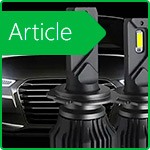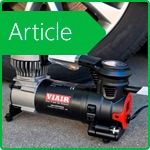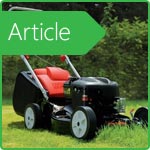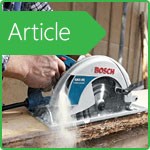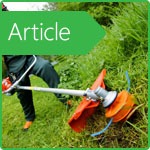How to choose a garden pump?
Garden pump-irreplaceable thing, with this unit is provided by the water supply and irrigation. There are many varieties of garden pumps, which are used to solve a variety of problems and the choice is very important to determine in advance with what exactly you need a pump and its main technical characteristics. Let us consider the features of different types of pumps.
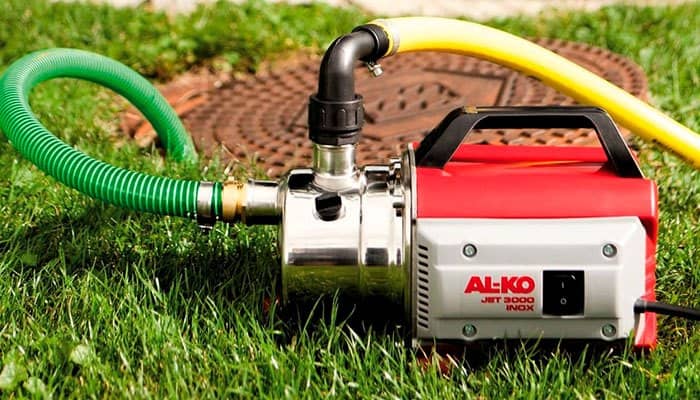
The main types of garden pumps
Household pumps used for irrigation, are divided into several large groups.
In the workplace:
- surface-they are placed on land;
- submersible-for supplying water they must be lowered into water (well, river, lake, etc.).
According to the type:
- centrifugal — pumping water in such models is due to the centrifugal force which is generated with the wheel blades;
- pressure - only work, while there is a supply of water, once the water stops automatically disabled;
- monobloc - a kind of centrifugal pump, in which the engine and body are integrated in the monobloc, and the rotating wheel is pushed directly onto the motor shaft;
- eddy - are capable of creating strong pressure jet with a small amount of pumped water;
- vibration - the water is pumped by means of a flexible diaphragm, reciprocating movement.
Also, domestic pumps used for irrigation, can be divided into groups, not only in structure but also in scope. Consider the features of different pumps for their intended purpose and scope of use.
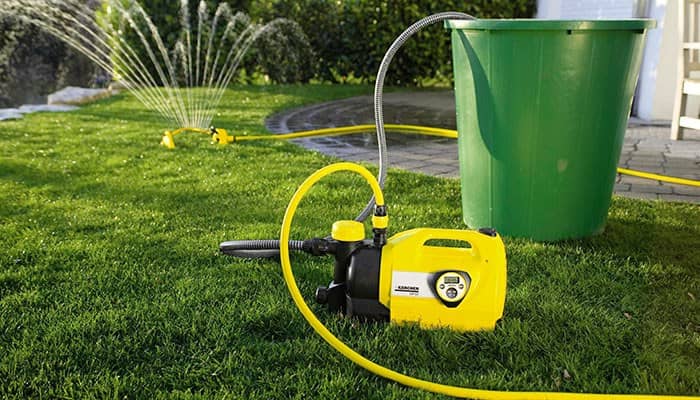
Pumps for water supply from tanks and reservoirs
They are called-garden or drum. It's pretty simple and affordable devices that pump the water with only a small depth of 1.2 meters. Such devices are quite popular among gardeners, as easiest to use. These benefits include:
- compact size;
- light weight device;
- simple operation, do not require special maintenance;
- almost no noise during operation;
- often have the ability to regulate the water pressure.
Surface pumps
This type of devices allows you to collect water from the relatively clean and small ponds or shallow wells. These devices are large, since the water supply they require much power. Among the shortcomings can be noted a lot of noise during operation.
The water from the reservoir enters the pump through a special hose is hard and given water through a conventional non-reinforced hose. The maximum depth to which can raise the water pump of this type is 10 meters.
According to the principle of work, they are: eddy centrifugal.
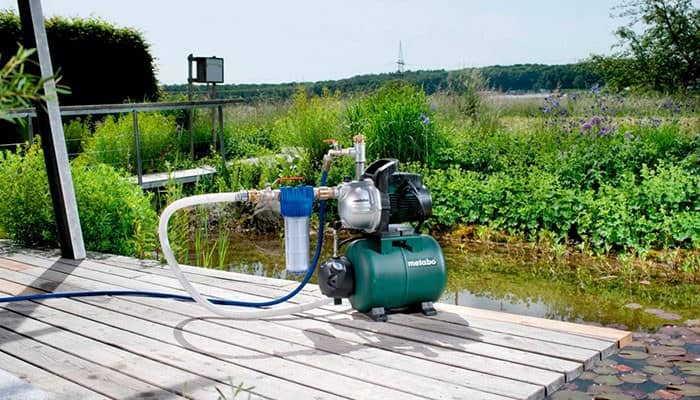
Vortex
The purpose of these devices-the water supply is from a great depth, where high suction power and the volume of water pumped is not too large.
Benefits
Disadvantages
- can supply water at a sufficiently large distance;
- their head several times more powerful than the centrifugal;
- low cost
.- low efficiency;
- much noise;
- sensitive to the purity of water, do not like sand, silt, seaweed, etc.
Centrifugal
For watering machines of this type are rarely used, most often these pumps are used in creating a home water system. The depth of absorption of such devices is usually up to 6-8 m, and the performance-up to 2000 liters/min. You can often find multistage model, the shaft 1 is not established, and 2 or more impellers, it improves efficiency and pressure of water supplied.
Benefits
Disadvantages
- are not very sensitive to water pollution;
- have high reliability;
- no noise during operation.
- weak water pressure;
- the high cost
.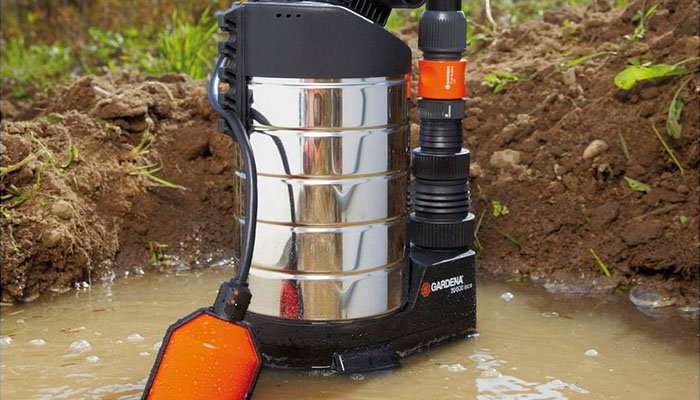
Drainage pumps
They are used when it is necessary to ensure the supply of water from muddy or silty waters. Their design allow to draw water from muddy ponds or marshes, and their use for pumping liquid from the submerged basement cellar sump etc.
They operate easily with water containing particles of 3 to 35 mm, it is recommended to use specialized sewage pumps at significant pollution. In addition, there are special models of drainage pumps with macerator. Their advantage is that such a device can grind twigs, leaves and other debris, facilitating the pumping of water.
If we talk about the shortcomings of the drain pump, they are-this is a weak water pressure. This type of pump is designed for pumping large quantities of water, but he was not able to create a powerful stream. In fact, the water in this case would not run a strong stream and virtually gravity.
Submersible pumps
This type is intended for the abstraction of water from boreholes and wells with a depth of 40-80 meters. The most powerful models can swing with more depth, to a maximum of 300 meters.
The feature of submersible pumps is that for them it is necessary to first completely immersed in water. And here it is important to know exactly how to do it correctly, you may need a specialist. Also from drawbacks can be identified that the irrigation water can not be used directly since such a depth it will be served very cold, which is harmful to plants. Most of these pumps are not used for the garden and the water supply in the house.
Submersible pumps are divided into two types:
- vibrational -relatively expensive option, but this type of pump is very sensitive to water pollution;
- centrifugal -are not susceptible to fine particles of silt and sand contained in the water, but they are considerably more expensive vibration .
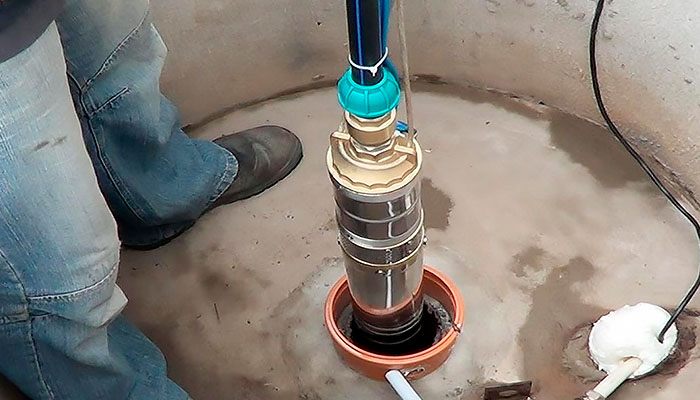
The main parameters that should look for when choosing a pump
Performance
For watering the garden pump capacity should be selected so that the water pressure is not torn off hose nozzles. According to the accepted standards for irrigation of an area of 1 sq.m. per day requires about 3-6 liters of water (with the air and soil temperature state). So, if you take the pump to irrigate the territory of 500 square meters, is a day to complete the work required 3000 liters of water. If the run time will be 2 hours, the pump must have time to bleed hour in 1500 liters of water. Accordingly, a device with a capacity of at least 1500 l/hour.
Head
This indicator is responsible for the rise of the water to the desired height, and transport it to the site for irrigation. For the calculation it is necessary to take the vertical and horizontal components. It represents a vertical difference in height between the point where the pump is mounted, and the maximum height at which the watering. When using a submersible pump, this difference is not considered from the surface, and with the depth at which the pump is omitted. Horizontal-a measure of the pressure loss occurring when transporting the water to the most distant watering point.
Here is an example calculation. The pump is set to a depth of 10 m and the maximum height of the water supply-1 m In this case, the vertical component is defined as: 10 + 1=11 m.
If this is taken hose length of 55 m and a diameter of 1 "(25 mm), the horizontal component is defined as: 55:. 11=5 m losses amount to about 25%: 25%: 5 + 25%=7, 5 m. This will add also a horizontal component of 1.5 bar (15 m) of the output pressure to afford the desired pressure indicator:
11 + 7.5 + 15=33.5 m.
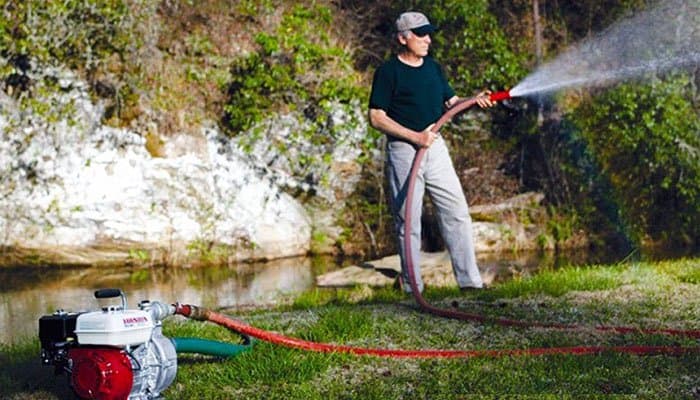
Protection against motor overheating and dry running
This is a useful option, prolonging the device life as soon as it reached the threshold temperature, the power is automatically turned off.
If the water in the well or pond suddenly ends, and any amount can be pumped, we just have time, then the pump will have to work when dry, without water. It is an unpleasant situation that can lead to the fact that the device just blows. Because the presence of dry running protection can help to avoid many problems.
Online Store 130.com.ua offers a range of models. You can buy garden pump in Kiev, Odessa and Kharkov, as well as other gardening equipment and tools at an attractive price with delivery in Ukraine.
Related materials

Stay tuned for updates!
Subscribe to our Telegram channel and be the first to receive useful materials.
Subscribe









